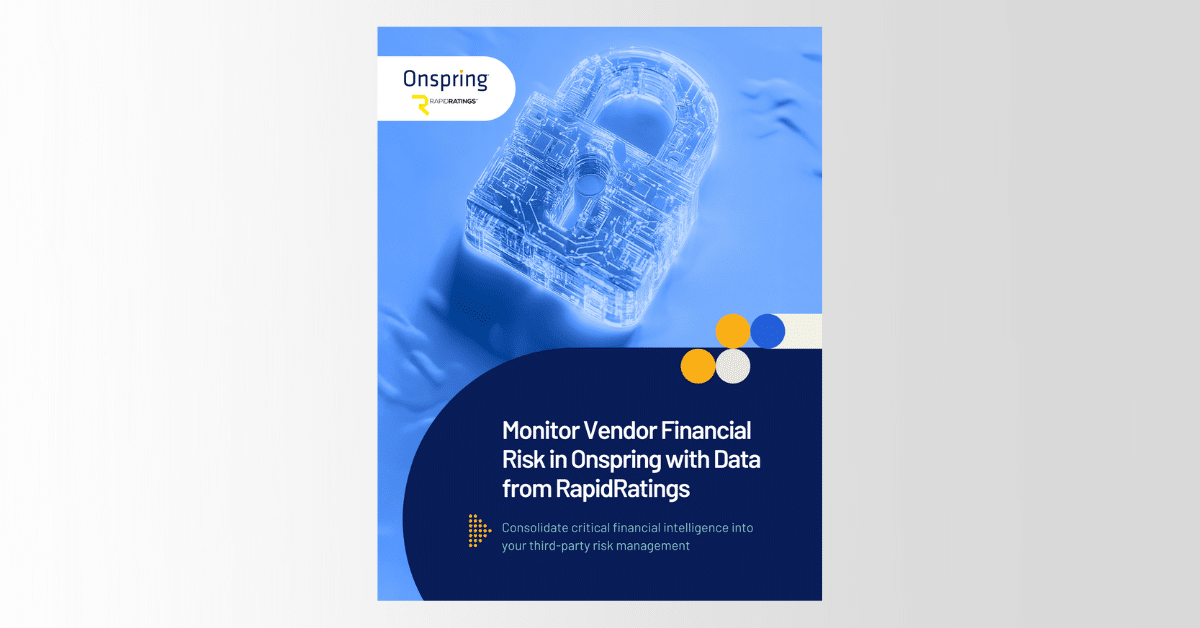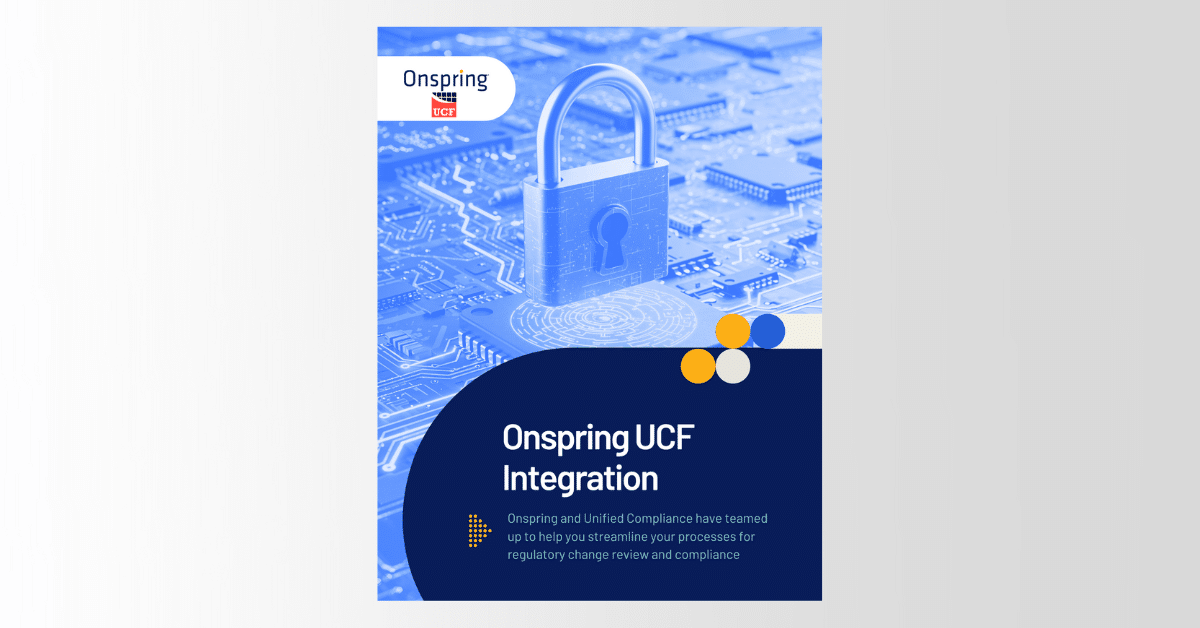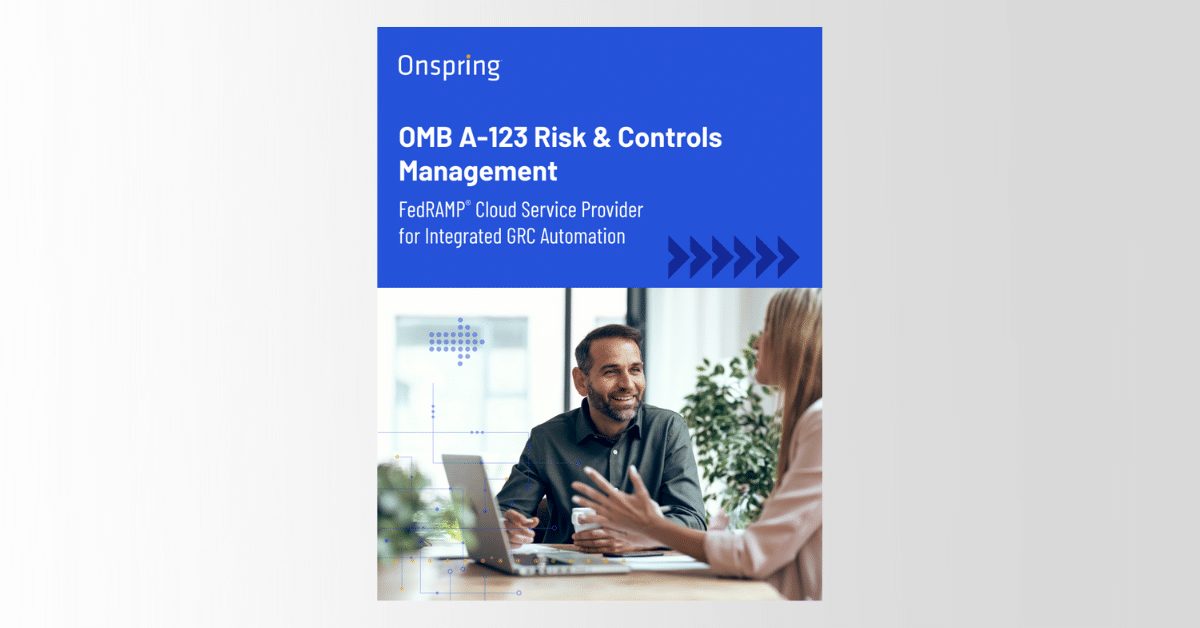When it comes to communicating the intricate nature of risk management, presenting Key Risk Indicators (KRIs) effectively to your board is not just a task—it’s an art. Because it’s not just about showing numbers; it’s about your ability to tell the story of your current risk profile. Ensuring that your organization’s top brass understands and acts upon these crucial metrics can be the difference between proactive risk management and reactive damage control. This guide will walk you through the essential steps to make your KRI presentation impactful, insightful, and actionable.
Understanding the Importance of KRIs
Before diving into the how-to, let’s take a moment to grasp why effective KRIs are indispensable for your board:
- Measurable: They provide quantifiable data on potential risks.
- Predictive: Act as early warning signals for emerging threats.
- Comparable: Allow benchmarking against industry standards or internal metrics.
- Informative: Offer insights that drive decision-making processes.
KRIs span across various domains such as financial, operational, people-related and technological risks. Each type serves its unique purpose in painting a comprehensive picture of your organization’s risk posture.
And just for the sake of clarity KRIs are not the same as KPIs (Key Performance Indicators). Here’s how they’re different:
Key Performance Indicators (KPIs)
- Purpose: KPIs measure how well an organization is achieving its business objectives.
- Focus: They are focused on performance and outcomes.
- Examples: Revenue growth, customer satisfaction scores, employee productivity rates.
Key Risk Indicators (KRIs)
- Purpose: KRIs measure potential risks that could impact an organization’s ability to achieve its objectives.
- Focus: They are focused on identifying and monitoring risks.
- Examples: Number of data breaches, frequency of equipment failures, rate of regulatory compliance issues.
In essence, KPIs tell you how well you’re doing. KRIs tell you what might go wrong. Both are essential for a holistic approach to managing your business effectively.

Pre-work for Successful KRIs Communication
Step 1: Align KRIs with Business Strategies
Your first step is to ensure that the specific KRIs are aligned with core business strategies. Mapping key risks to strategic initiatives helps identify critical metrics that need monitoring. This alignment ensures that the board sees how these indicators directly impact strategic goals and organizational objectives.
Action Points:
- Identify core strategic initiatives.
- Map relevant KRIs to each initiative.
- Highlight how these KRIs influence strategic outcomes for each business unit.
For example, a healthcare provider aiming to “Improve Patient Care Quality by 20% Over Two Years,” would want to identify risks like sentinel events, near misses, staff shortages, equipment failures, data incidents and regulatory changes. Then the team would align these risks with the goal of improving patient care quality.
The measurement of those risks are your critical metrics or KRIs. Determine specific metrics for monitoring each risk, determine likelihood and set thresholds that signal when action is needed.
So for our healthcare provider example, their KRIs might be:
- Data Breaches: Monitor unauthorized access attempts; threshold >5/month triggers review.
- Staff Shortages: Track turnover rate; threshold >10%/quarter triggers recruitment drive.
- Equipment Failure: Check maintenance completion rate; threshold <95% triggers audit.
- Near Misses: Monitor staffing rates and identify affected departments and regions that experience unusually high near miss rates.
Step 2: Establish a Streamlined KRI Management System
A centralized repository for all KRI definitions, threshold limits, and related data simplifies tracking and reporting. This system should be easily accessible to CROs, risk managers, and other stakeholders involved in risk management.
Action Points:
- Create a centralized KRI database.
- Define clear threshold limits for each KRI.
- Ensure easy access for all relevant personnel.
Automation tools can be leveraged to monitor these indicators in real-time, providing timely alerts when thresholds are breached. Imagine a retail company that monitors its supply chain efficiency as one of its KRIs. Through real-time monitoring, the company notices an unusual spike in delivery delays from one of its key suppliers. Because this alert is immediate, the risk management team can quickly investigate and discover that the supplier is facing labor shortages due to unexpected local regulations.
With this real-time insight, the company can proactively shift some orders to alternative suppliers, mitigating potential stockouts and ensuring that their shelves remain stocked for customers. This swift action not only prevents lost sales but also maintains customer satisfaction and trust.
Additionally, integrating this system with existing enterprise risk management (ERM) platforms can enhance data and provide a holistic view of the organization’s risk landscape—including third-party risk, facilitating more informed decision-making by the board.
Step 3: Drive Continuous Review and Monitoring
KRIs are not static; they evolve over time as new risks emerge and old ones dissipate. Regularly reviewing and updating these indicators ensures they remain relevant and effective.
Action Points:
- Schedule periodic reviews of all KRIs.
- Update thresholds based on current risk landscapes.
- Incorporate new KRIs as necessary.
Regular updates not only keep your risk management framework current but also demonstrate a commitment to continuous improvement—an essential aspect appreciated by any forward-thinking board.

Step 4: Leverage High-Quality Data
The effectiveness of your KRIs hinges on the quality of data you use. Standardized risk taxonomy across the organization ensures consistency in understanding and analyzing risks.
Let’s say your organization operates in both healthcare and retail sectors. Without a standardized risk taxonomy, each department might use different terms and criteria to describe similar risks, leading to confusion and inconsistency.
Example of Standardized Risk Taxonomy:
1. Risk Category: Data Security
- Healthcare: Unauthorized Access to Patient Records
- Retail: Unauthorized Access to Customer Payment Information
2. Risk Category: Operational Efficiency
- Healthcare: Staff Shortages Affecting Patient Care
- Retail: Staff Shortages Affecting Store Operations
3. Risk Category: Compliance
- Healthcare: Non-compliance with Healthcare Regulations (e.g., HIPAA)
- Retail: Non-compliance with Trade Regulations (e.g., PCI DSS)
By standardizing these categories across the organization, everyone understands that “Data Security” risks involve unauthorized access regardless of the sector. This consistency simplifies communication, analysis, and reporting at all levels.
Action Points:
- Implement a standardized risk taxonomy.
- Ensure high-quality data collection methods.
- Regularly audit data sources for accuracy.
Step 5: Utilize Technology for Enhanced Efficiency
Technology can significantly streamline the process of managing KRIs—from data collection to reporting dashboards that offer real-time insights into risk metrics.
Action Points:
- Integrate advanced risk management software.
- Automate KRI tracking where possible.
- Use dashboards for real-time monitoring and reporting.
Effective KRIs Presentation Techniques
Now that you’ve set up robust systems for managing KRIs, it’s time to focus on presenting them effectively:
Simplify Complex Data
Boards often consist of members from diverse backgrounds who may not be well-versed in technical jargon or complex statistical models.
Tips:
- Use simple language without compromising on critical details.
- Employ visual aids like graphs and charts for better comprehension.
- It’s even better if your graphs and charts are interactive to drill into data for immediate understanding and action

Focus on Key Insights
While it’s tempting to present every single piece of data you’ve collected, it’s more effective to focus on key insights that demand immediate attention or action from the board.
Tips:
- Highlight top three or five critical risks.
- Explain why these are significant using real-world scenarios or case studies.
Provide Contextual Background
Numbers alone don’t tell a story; context does. Provide background information that explains why certain thresholds were set or why specific trends are concerning.
Tips:
- Include historical data trends for comparison.
- Explain any external factors influencing these metrics (e.g., market changes).
Suggest Actionable Steps
Boards appreciate when problems come with solutions attached. Suggest actionable steps based on your findings to help mitigate identified risks effectively.
Tips:
- Propose immediate actions along with long-term strategies.
- Outline potential impacts if no action is taken versus if recommended actions are implemented promptly.

KRI charts should also be interactive, meaning you can click into a metric to reveal its underlying data.
Conclusion
Presenting KRIs effectively is about more than just showcasing numbers; it’s about telling a compelling story backed by solid data that drives informed decision-making at the highest level of your organization. By aligning KPIs with business strategies, leveraging technology for efficiency, focusing on high-quality data collection methods—and most importantly—communicating clearly yet comprehensively during presentations—you empower your board not only understand but also act decisively upon key risks facing their enterprise today.



